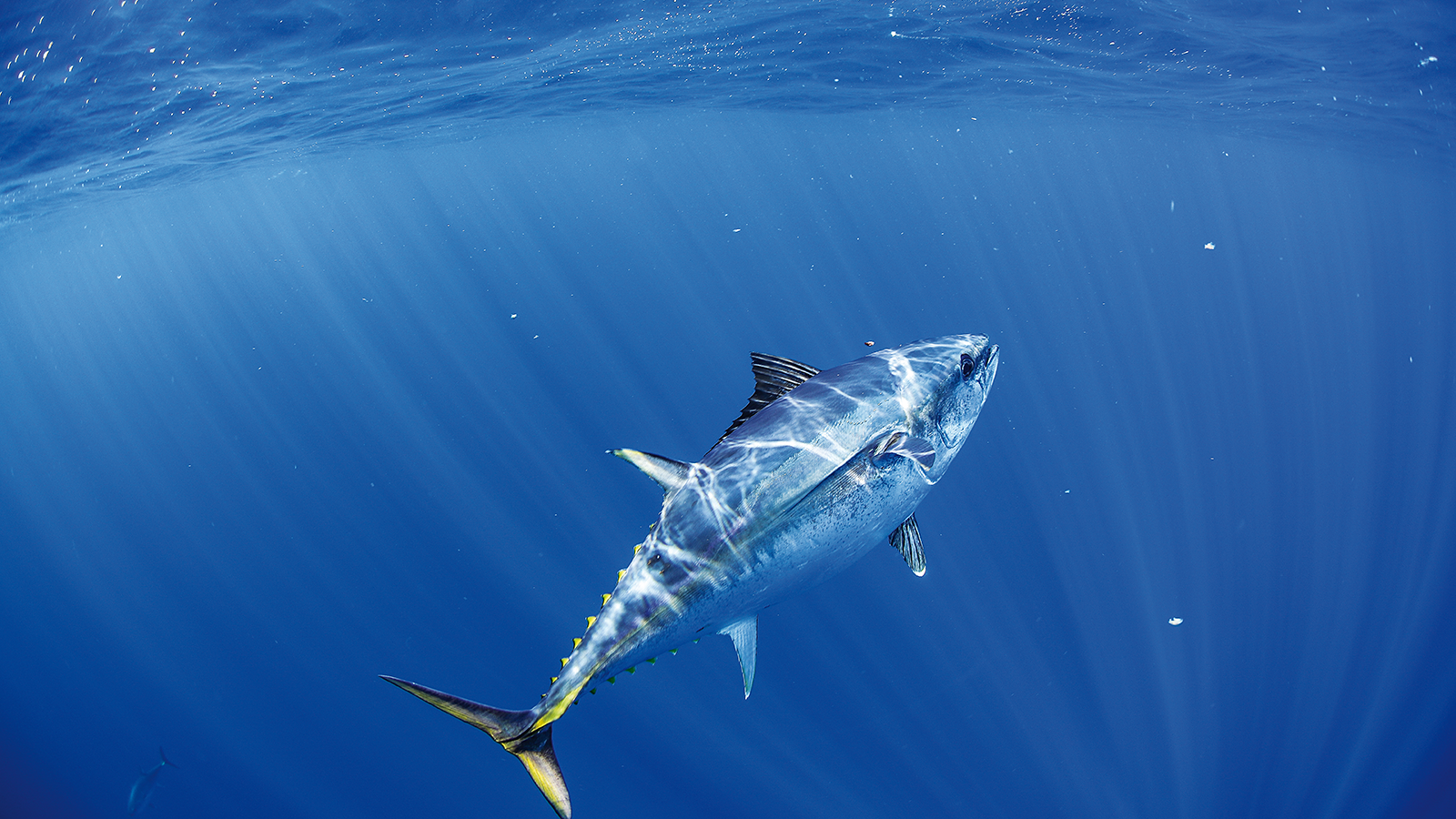The $84 M lobster industry has been impacted by seasonal Tasmanian closures (up to 5+ months) due to PST contamination of hepatopancreas (HP) notably in the St Helens and Maria Island regions (up to 4 mg STX.diHCl/kg), and up to Flinders Island, with an estimated lost revenue cost of 780k (Campbell et al 2013). While only trace levels of PSTs have been detected to date in lobster tail meat, HP contamination poses significant trade barriers for key markets such as China and Hong Kong. While cooking of lobsters did not release biotoxins into the cooking water, HP is a sought after foodstuff (mainly used as a dipping sauce for tail meat) and consumed by 16% of fishers on the Tasmanian east coast and 22% on the west coast, but this has since decreased due to public health warnings. Limited evidence suggests that PST contamination of lobsters may also occasionally occur in South Australia and Victoria.
The monitoring, management and mitigation approaches for biotoxin risks in crustaceans (as spelled out in the DPIPWE Rock Lobster Biotoxin Plan and Decision Protocol) remain poorly developed. The current approach uses bivalve PST monitoring as a trigger for lobster testing, with a very limited number (5) animals tested at a prohibitive cost of 5k, which if positive (>0.8 mg/kg STX eq) leads to lengthy closures of large fishing zones.
The proposed work will refine monitoring tools to reduce the costs associated with PST biotoxin risk management of Southern Rock Lobster, including the application of cheaper and faster (and hence more frequent and more reliable) PST testing and also explore whether tests can be conducted in a non-destructive manner using haemolymph as a proxy.
In addition, tank studies of PST in lobster and field studies on the variation in toxicity, and the validation of a rapid test kit will help to inform the effectiveness of the current geographical zones in the management plan.
Potential impact of PST on lobster vigour will also be investigated using a combination of tank exposure and blood biomarker studies, the latter once calibrated also applied to Tasmanian field surveys.








